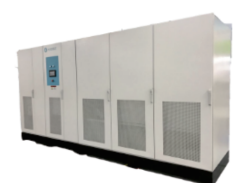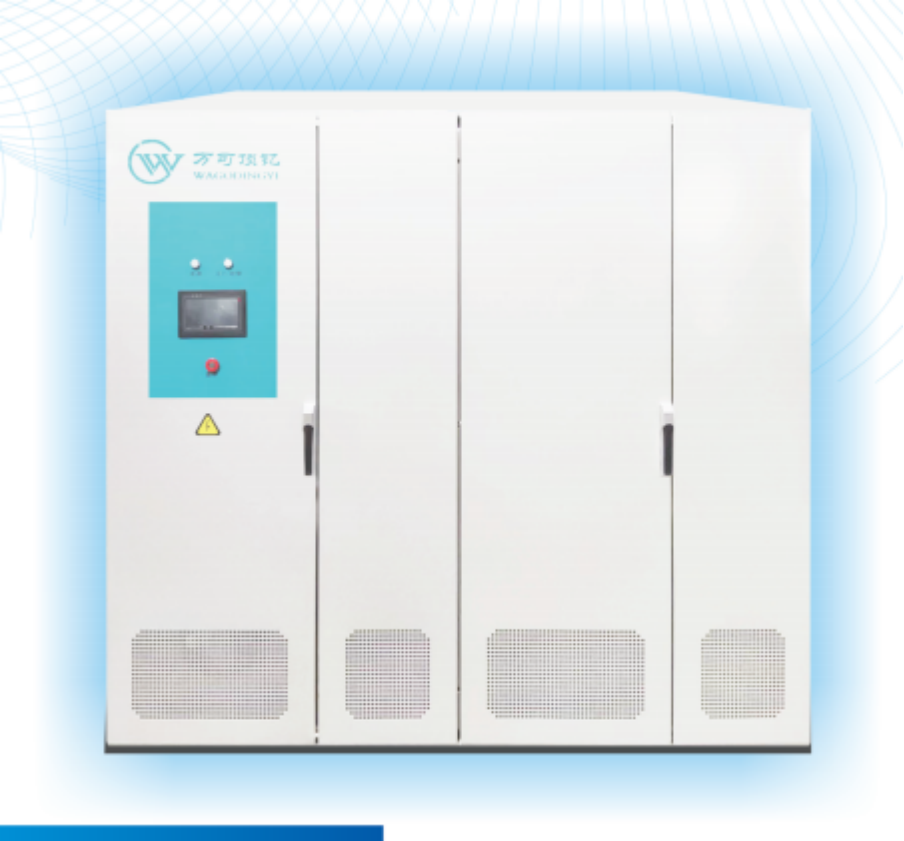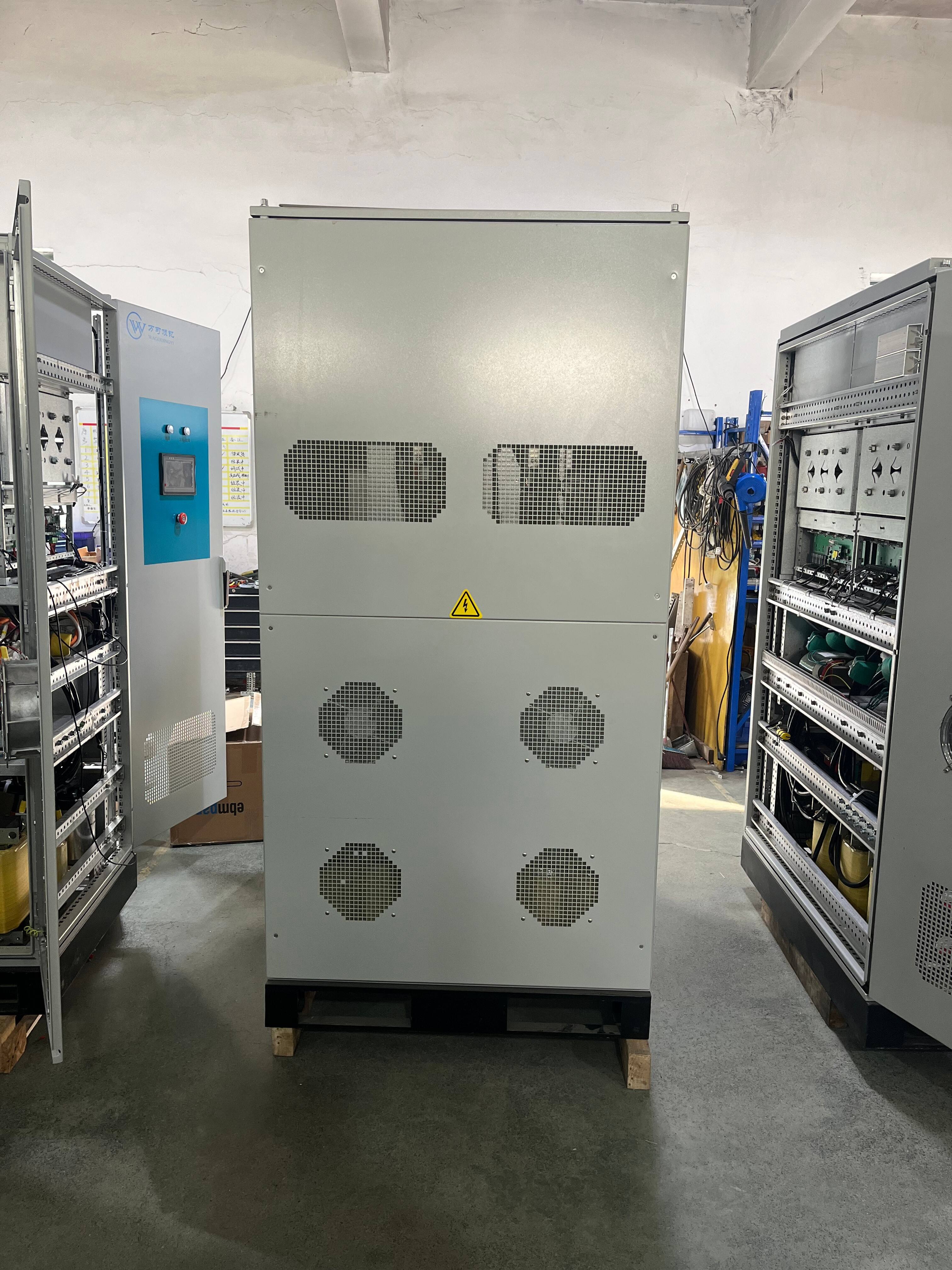provë e kalimit me spirt të zero
Prova e kalimit me voltazh zero është një procedurë e rëndësishme të ndjeshme që është projektuar për të vlerësuar larg dhe fortin e sistemeve dhe ekipamentelektrike gjatë ndërprave momentale të energjisë. Kjo metodologji avancuara e provimit simulojmë dipje në voltazh dhe humbje të plotë të energjisë për të siguruar se sistemet elektrike mund të mbajnë funksionimin e thelbëshme edhe në kushte adversa. Prova e specifikuar shqyrton si ekipamentet reagojnë ndaj larg dhe zbritjes së voltazhit deri në zero volt për periudha të caktuar, zakonisht që ndjekin nga milisekonda deri në disa sekonda. Gjatë provimit, ekipamenti i veçantë monitoron parametra të ndryshme, përfshi nivelet e voltazhit, strumtjen e rritur dhe stabilitetin e sistemit. Funksioni kryesor është të verifikoj se sistemet elektrike, veçanisht në kontekste industriale dhe instalime të energjisë rinasje, mund të vazhdojnë të funksionojnë ose të kthehen shpejt pas humbjeve të rëndësishme të voltazhit. Ky provim është veçanisht i rëndësishëm për sisteme të lidhura me rrjet, ku mbajtja e stabilitetit gjatë ndërprave në rrjet është e nevojshme për përpjekshmërinë e sistemit të energjisë nëpër të gjitha. Teknologjia përfshin sisteme avancuara të monitorimit, kontroll të presis të kohës dhe mjet të sofistikuar për analizën e të dhënave për të ofruar vlerësime performuese të plotë. Aplikimet kalojnë nëpër sektorë të shumta, përfshirë farmat e vendosura, instalimet solare, facilitete industriale të prodhimit dhe infrastrukturën kryesore ku operimi i vazhdueshëm është parësor. Rezultatet e provimit ndihmojnë inxhinierët të optimizojnë dizajnat e sistemeve, të implementojnë masat e nevojshme protektive dhe të sigurojnë pajtim me kodat e rrjetit dhe kërkesat regulative.




